The party’s over
It’s time to call it a day
They’ve burst your
pretty balloon
And taken the moon away
It’s time to wind up
The masquerade
Just make your mind up
The piper must be paid
The party’s over
The candles flicker and dim
You danced and dreamed
through the night
It seemed to be right
Just being with him
Now you must wake up
All dreams must end
Take off your makeup
The party’s over
It’s all over
My friend
You danced and dreamed
through the night
It seemed to be right
Just being with him
Now you must wake up
All dreams must end
Take off your makeup
The party’s over
It’s all over ( The Party’s Over. Shirley Bassey )
”It was a spectacular fall from grace for Lord and Lady Black, a couple who once had the gall to attend a party at Kensington Palace dressed as the power-crazed Cardinal Richelieu and Marie Antoinette, the most hated woman in pre-revolutionary France. As Lady Black, Amiel’s ostentation was free to run wild. She once admitted to American Vogue that her extravagance knew “no bounds” and she would think little of hopping on a private Gulfstream jet to Paris for an afternoon’s shopping. The Canadian media rapidly dubbed her “Attila the Honey” and her enemies dismissed her as a ruthless social climber, whose every action was shot through with a silken thread of hauteur.”
expand(this)" href="http://www.wga.hu/frames-e.html?/html/c/champaig/richelif.html">
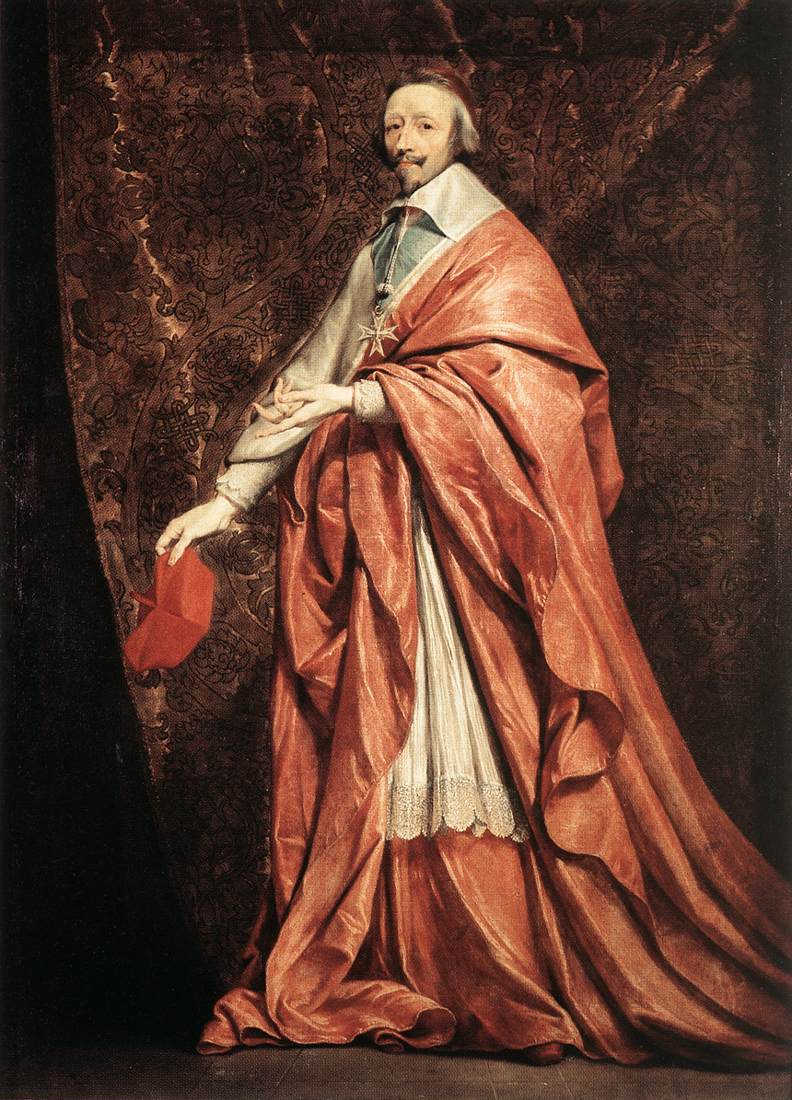
Cardinal Richelieu as portrayed by one of his favorite painters Philippe de Champaigne.



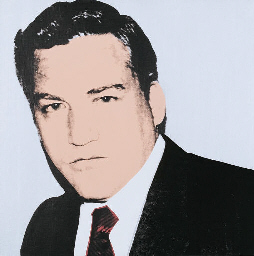

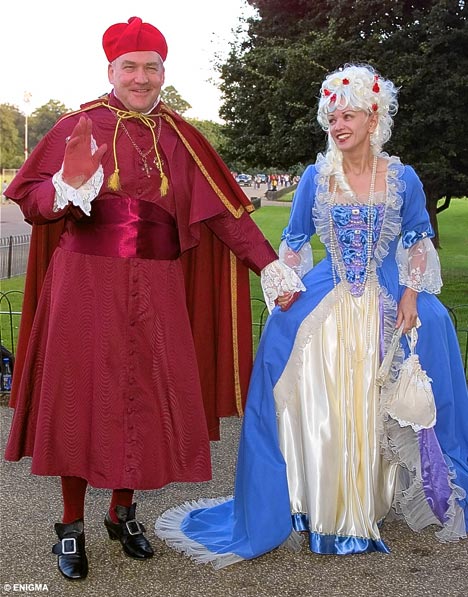
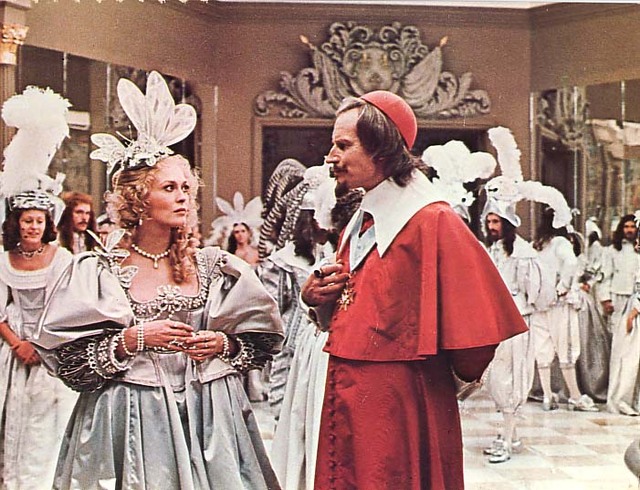
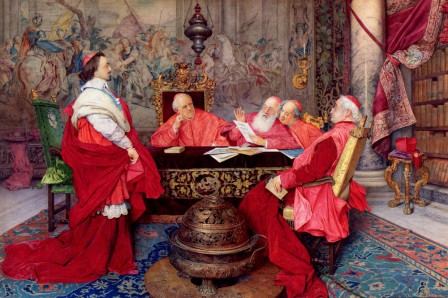
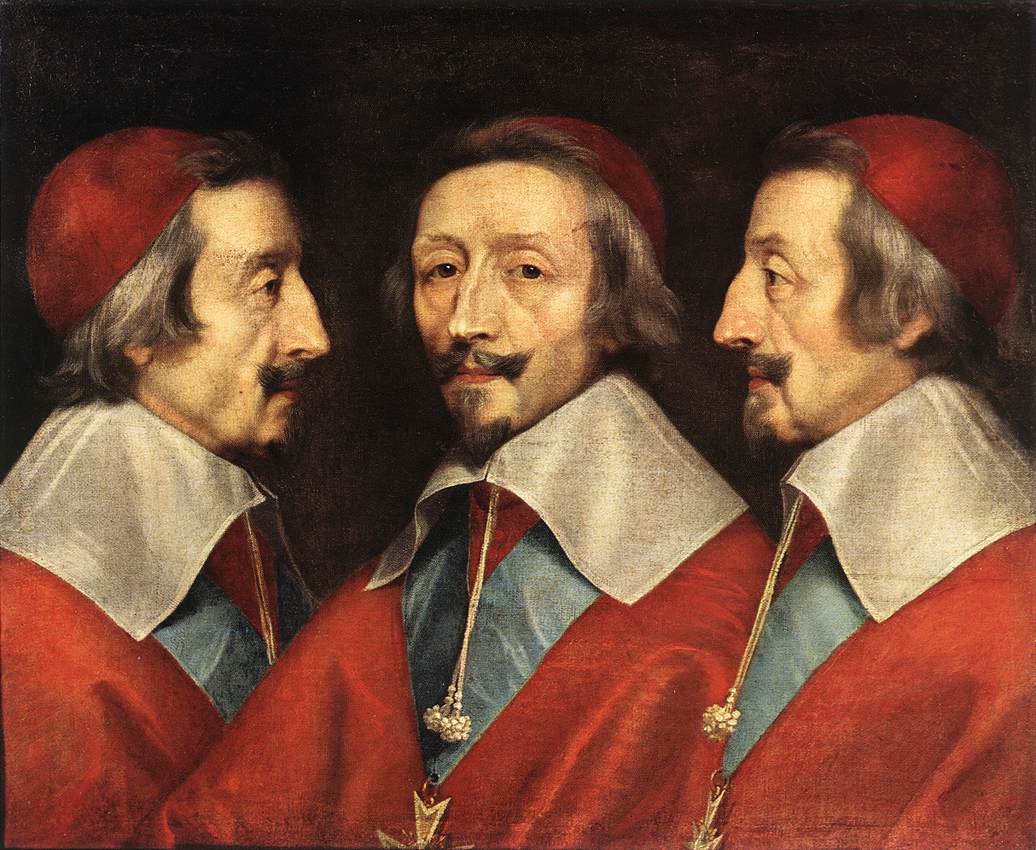

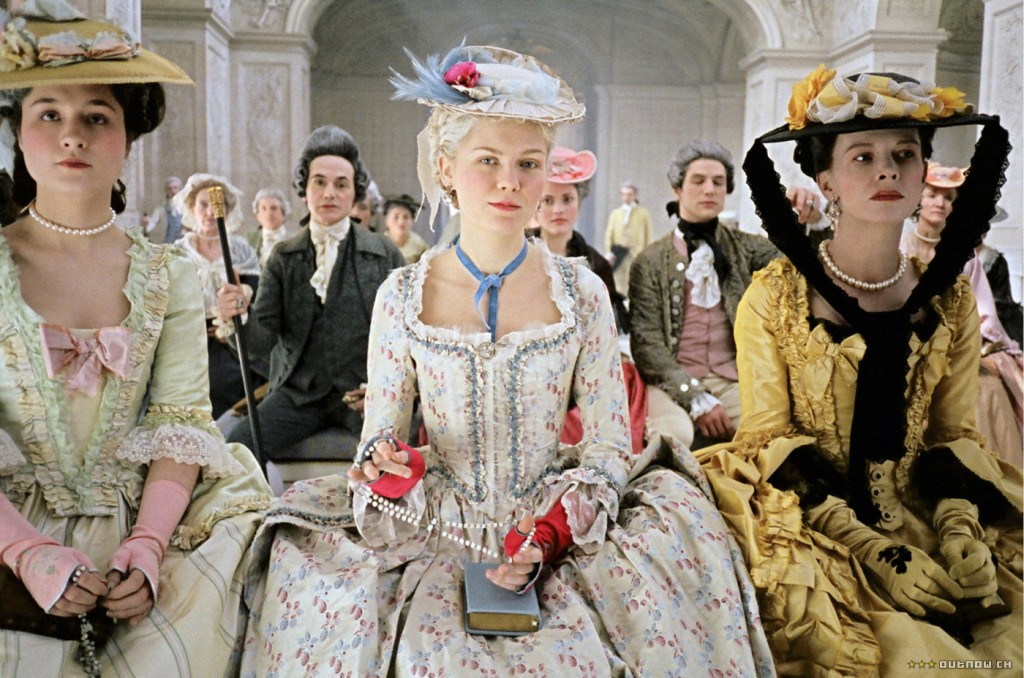
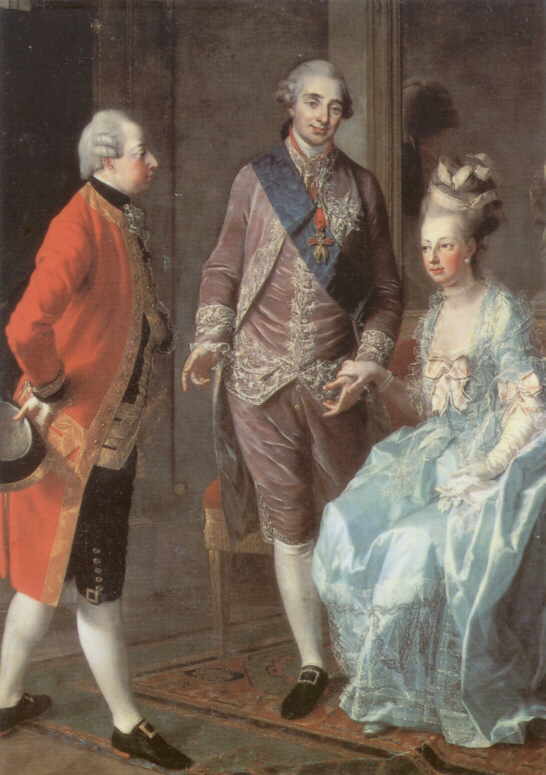
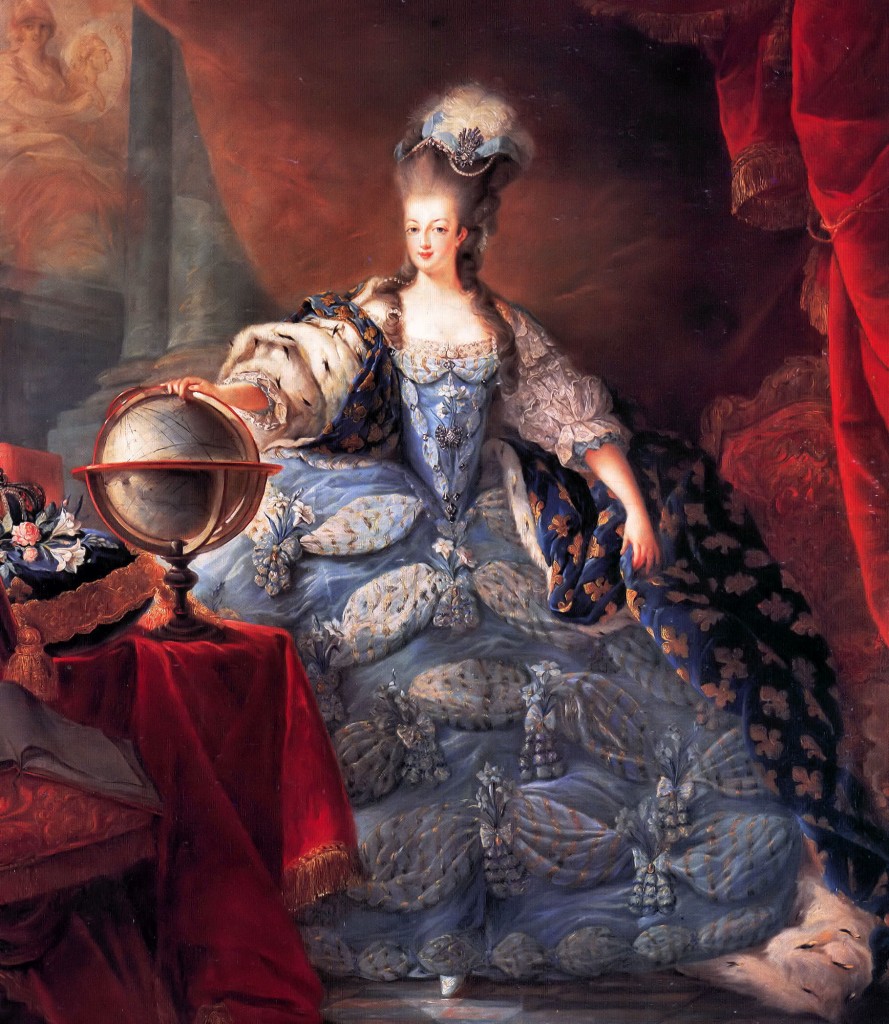

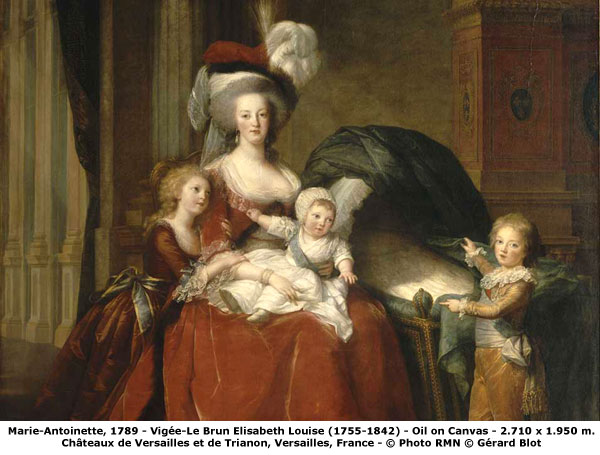




 COMMENTS
COMMENTS




I studied psychology; one of the consequences of having done so, it is the compassion I feel towards people who fails; the difficulty to be judgmental and to being a judge altogether; was it possible for both Marie Antoinette and Barbara to be different had they had other experiences in early life? Maybe with a great intelligence they could have interpreted better the signs of their times.
Marie Antoinette was the 11th child of an empress, sent to marry in France while still a child.
Barbara knew since childhood poverty and real life, was educated: she is to me more guilty.
When Bouddha got to know real life, he gave in all his privileges: was that the sign of a superior intelligence and a very rare kind personality?
Yes. I think the issue here is precisely what you stated: Lack of intellectual horsepower or unwillingness to use it if it was there; which is a form of self-mutilation. I have some empathy with Amiel, despite herself; she is just a bit more over the top than the countless others who would act the same way in the given circumstances.